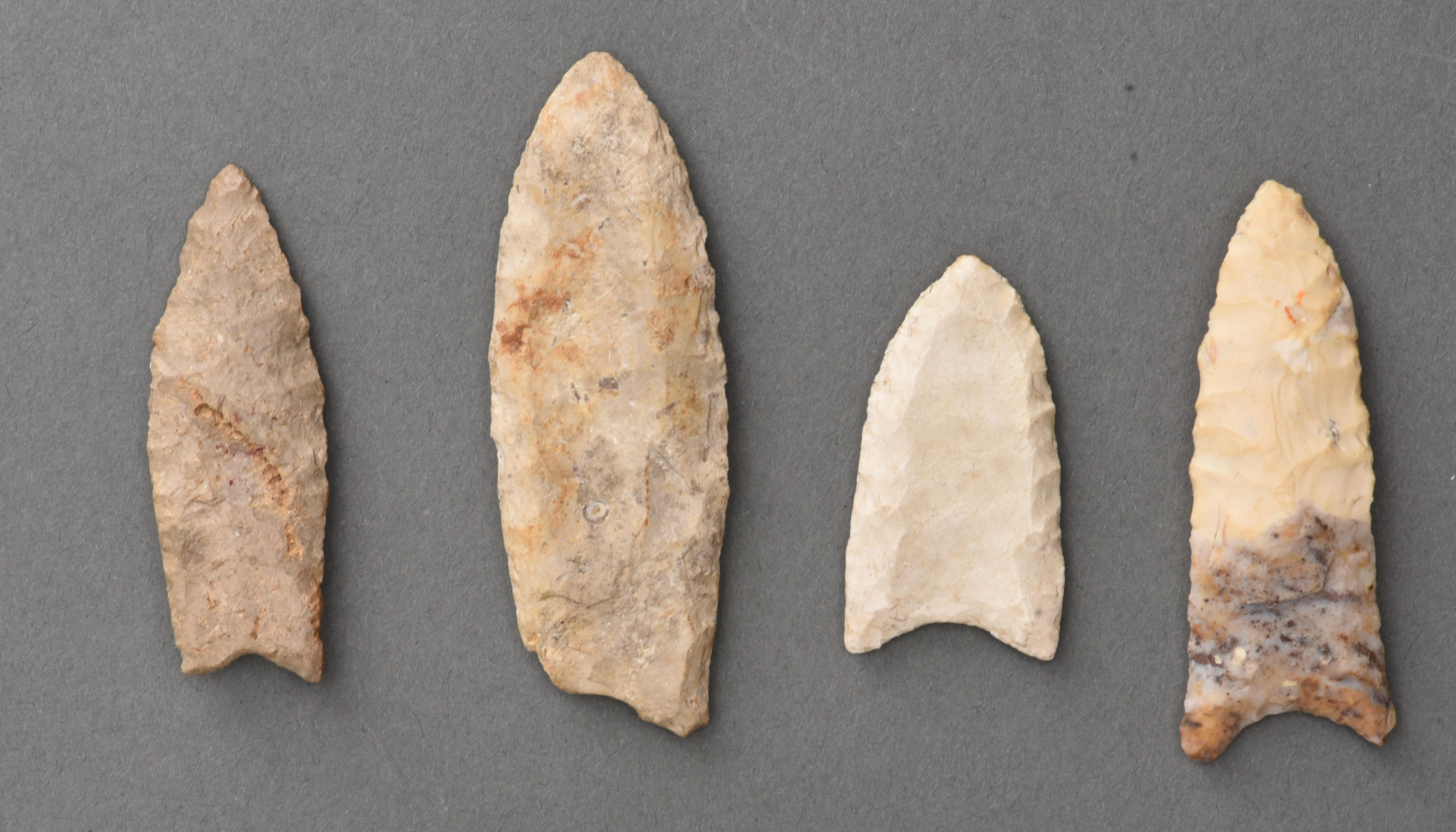Studies of ancient diets have overlooked what was sometimes an important source of carbohydrates during the Ice Age, a new paper argues: partially digested grass and leaves in the stomachs of prey. The work could fill a gap that has previously been difficult to explain, perhaps because people didn’t want to think about it too closely.
Many species have specialized their feeding, but humans must eat a balanced diet. We’ve outsourced the capacity to make many of the nutrients we need to our environment, instead of keeping them in-house like so many other mammals.
That creates a problem under extreme conditions, such as during high-latitude winters when the range of available food sources shrinks. Anthropologists have wondered where our ancestors got their carbohydrates from during cold spells and in a new paper suggest they have overlooked the stomachs of prey species such as bison.
Specialized grass-eaters such as ruminants (from sheep and goats to cattle and reindeer) developed the capacity to extract nutrients we can’t, developing enormous stomachs to do so. On the plains of Africa, humans went in a different direction, eating these ruminants and other herbivores for our protein and getting our other dietary needs met from easier-to-digest vegetable sources, such as fruit.
Things got harder for those humans who left Africa, however, since at higher latitudes fruit and vegetables were not available for long spells. Dr Raven Garvey of the University of Michigan has proposed so-called “digesta”, material that was part-way through the process of digestion when an animal was killed, helped fill the gap.
Exposure to fermenting microbes in the herbivore’s stomach breaks down cellulose to sugars, making grasses’ nutrients available even to our puny digestive systems. The result is not only extra calories on top of the meat from the animal itself, but often-scarce carbohydrates.
“Failure to account for this underappreciated resource could have important consequences in studies that address major questions in evolutionary anthropology,” Garvey said in a statement.
Factoring in likely amounts of digesta not only answers the mystery of survival in such conditions, it also changes our picture of two important aspects of ancient life.
Garvey questions the assumption hunting and gathering were activities separated on gender lines, with men supplying the proteins and women the carbs. Garvey demonstrates that, digesta included, a bison could provide all the nutritional needs of a tribe of 25 humans for three days. In winter it might have made more sense for women to join the hunt rather than seeking vegetables that would be scarce for months.
There is evidence to support this. Around the end of the last Ice Age women in the Americas were buried with hunting tools so often it has previously been proposed a third to a half of big game hunters were women. Frequent bone damage consistent with hunting large animals in Eurasian women at high latitudes before around 50,000 years ago strengthens the case.

Folsom points, which date to between 11,000 and 10,000 years ago, are associated with the prehistoric hunting of bison. They are found almost as often in women’s graves from the era as men’s. Image Credit: University of Michigan Museum of Anthropological Archaeology
Despite digesta’s benefits, Garvey notes bison offer more protein than carbs. After three days of feeding, her hypothetical 25-person group would be out of digesta, but still have six days’ worth of protein-rich meat left.
Killing another bison would fix that, but as human populations rose this probably become unstainable – better to use all the meat available and find other sources to fill the carbohydrate gap. The need for supplementary carbohydrates may have led people to settle close to good sources, possibly starting agriculture.
“Many anthropologists are concerned that our evolutionary understanding of humans is disproportionately influenced by contemporary behaviors and cultural expressions that may bear little resemblance to those of the past,” Garvey said. This may be a gentle way of pointing out that the idea of eating, let alone relying on, the semi-digested contents of other creatures’ stomachs is revolting to modern humans, even while most of us happily eat their flesh.
The study is published in Evolutionary Anthropology: Issues, News, and Reviews.
Source Link: Our Ice Age Ancestors Had A Truly Disgusting Source Of Carbs